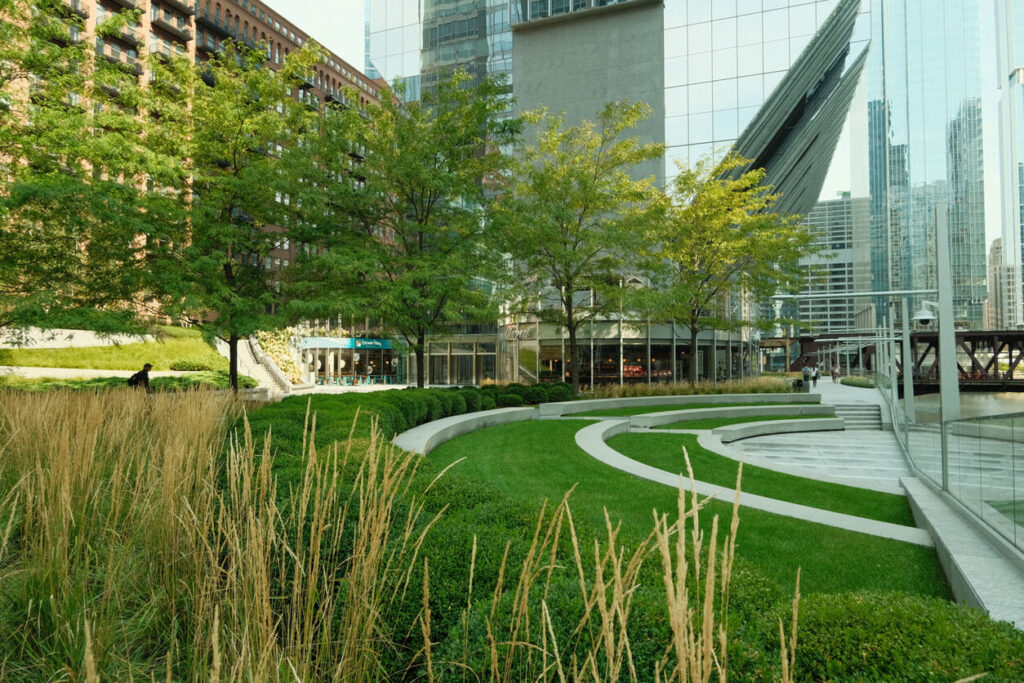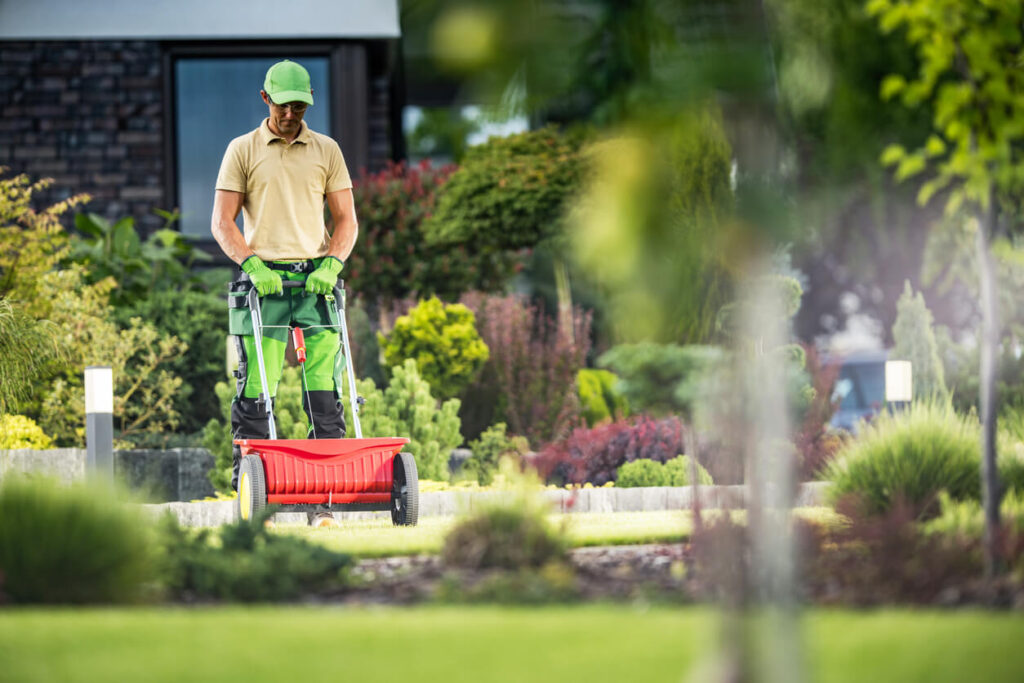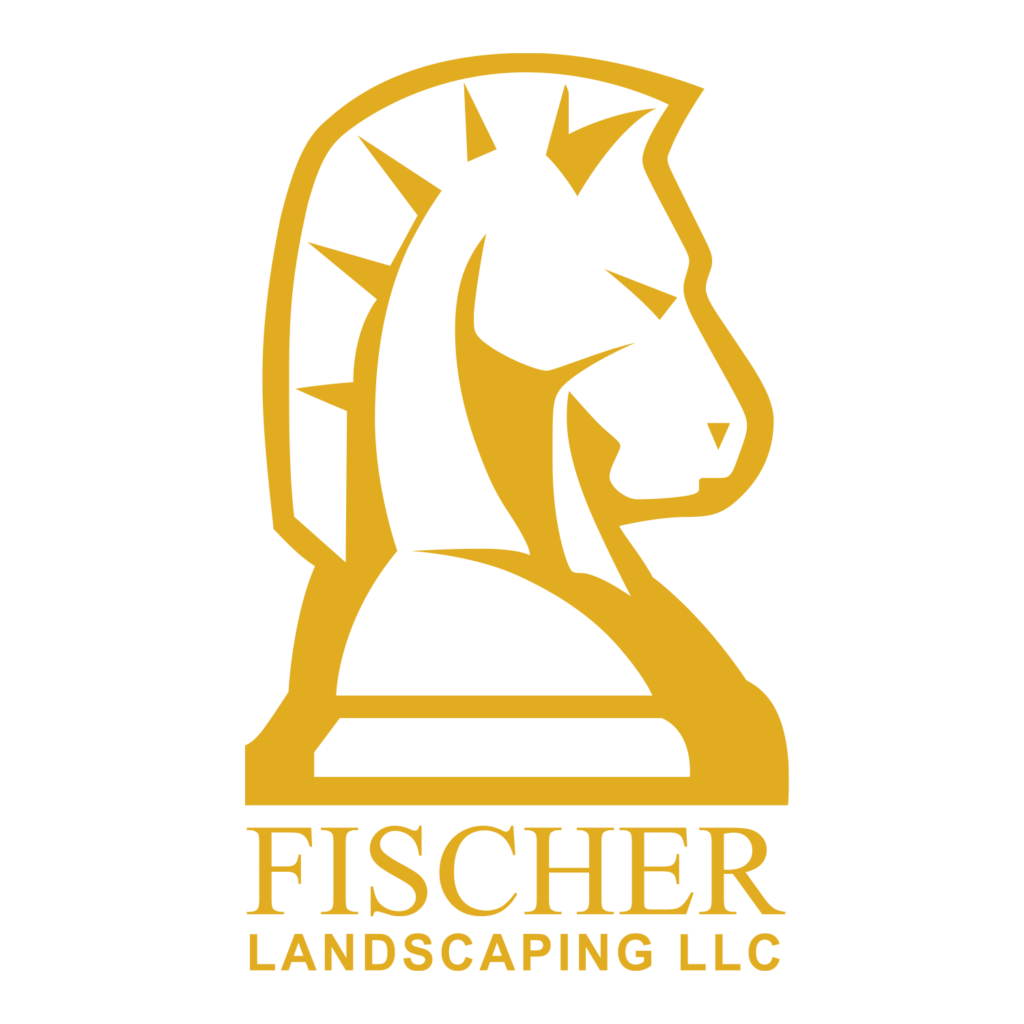The landscape design of a property plays a pivotal role in shaping its identity and functionality. As businesses and large properties strive to create inviting outdoor environments that enhance aesthetics and functionality, staying updated with the latest landscape design trends is crucial.
At Fischer Landscaping, we understand the importance of incorporating innovative and contemporary design elements to meet the evolving needs of commercial clients. Below, we’ll explore the top 10 trends in landscape design for 2024, offering insights into how businesses can elevate their outdoor spaces to attract customers, promote well-being, and maximize the potential of their properties.
Trend 1: Sustainable Landscaping Practices in Landscape Design
Awareness of the environment is growing. Sustainable landscaping is now a cornerstone of modern design. Embracing eco-friendly solutions. These include native plantings, water-efficient irrigation systems, and permeable paving. They reduce environmental impact. They also improve the resilience and longevity of commercial landscapes.
Businesses can show their commitment to environmental stewardship by valuing sustainability. They can make attractive outdoor spaces that match their values and appeal to eco-conscious consumers.
Trend 2: Biophilic Design Elements in Landscape Design
Incorporating biophilic design elements into commercial landscapes has gained significant traction in recent years. This trend focuses on reconnecting people with nature by integrating natural elements into built environments.
- Green Walls: Vertical gardens or living walls comprised of plants and foliage create a striking visual impact while improving air quality and promoting a sense of well-being.
- Living Roofs: Also known as green roofs, these vegetated surfaces provide insulation, reduce urban heat island effects, and support biodiversity.
- Water Features: Incorporating elements like fountains, ponds, or waterfalls adds a calming and tranquil ambiance to outdoor spaces, attracting wildlife and fostering relaxation.
- Natural Materials: Using natural materials such as wood, stone, and bamboo in landscape design enhances authenticity and creates a connection with the surrounding environment.
- Biophilic Structures: Structures inspired by natural forms, such as arches, pergolas, and arbors, offer shade, shelter, and visual interest while blending seamlessly with the landscape.
- Habitat Gardens: Creating habitats for native wildlife, such as butterfly gardens or bird-friendly landscapes, encourages biodiversity and ecological balance.
- Therapeutic Landscapes: Incorporating elements like healing gardens, sensory pathways, and aromatic plants provides opportunities for relaxation, stress reduction, and mental rejuvenation.
- Nature-Inspired Art: Integrating sculptures, installations, or murals inspired by nature enhances aesthetic appeal and creates points of interest within the landscape.
- Biophilic Lighting: Thoughtfully designed lighting schemes that mimic natural patterns, such as moonlighting or dappled sunlight effects, enhance nighttime ambiance and safety while minimizing light pollution.
- Outdoor Connectivity: Designing spaces that seamlessly transition between indoor and outdoor areas encourages interaction with nature and promotes a healthy work-life balance.
Trend 3: Outdoor Workspaces and Meeting Areas
With the rise of remote work and flexible schedules, outdoor workspaces and meeting areas have become increasingly popular in commercial landscapes. These outdoor environments offer employees and clients a refreshing alternative to traditional indoor settings, fostering collaboration, creativity, and productivity.
From shaded seating areas equipped with Wi-Fi to alfresco conference rooms surrounded by lush greenery, outdoor workspaces provide businesses with versatile environments that inspire innovation and teamwork.
Trend 4: Smart Landscaping Technologies in Landscape Design
Smart landscaping tech has changed how commercial properties manage their outdoor spaces. They include irrigation systems and lighting controls. They also have monitoring devices and automated maintenance tools. These new technologies optimize resource use, increase efficiency, and reduce environmental impact.
Smart irrigation systems, for example, adjust watering schedules based on weather conditions and soil moisture levels, reducing water waste and promoting plant health.
Similarly, intelligent lighting systems use sensors and timers to illuminate outdoor areas only when needed, conserving energy and reducing utility costs.
Trend 5: Urban Agriculture and Edible Landscapes
City farming and edible landscapes are gaining popularity in landscape design. Businesses want to add sustainable and functional elements to their outdoor spaces. These trends involve adding edible plants, herb gardens, and urban farming to commercial landscapes. They give businesses chances to promote food security. They also to promote environmental awareness and community engagement.
- Herb Gardens: Design dedicated areas for growing herbs like basil, mint, and rosemary that you can use in culinary dishes or for medicinal purposes in herb gardens.
- Urban Farming Initiatives: Implement small-scale farming practices such as raised beds or hydroponic systems to grow vegetables and leafy greens onsite.
- Rooftop Gardens: Utilize rooftop spaces to create productive gardens that not only produce food but also help insulate buildings, reduce stormwater runoff, and provide habitat for pollinators.
- Vertical Farms: Install vertical growing systems on walls or structures to maximize space efficiency and increase crop yields in urban environments.
- Community Vegetable Plots: Collaborate with employees, tenants, or local community groups to establish communal vegetable gardens, fostering a sense of community and shared responsibility.
- Educational Opportunities: Offer workshops, classes, or tours to educate employees and visitors about urban agriculture, sustainable gardening practices, and the benefits of locally grown food.
- Recreational Benefits: Provide spaces for relaxation and enjoyment within edible landscapes, such as seating areas surrounded by edible plants or designated picnic spots overlooking vegetable plots.
- Environmental Impact: Emphasize the environmental benefits of urban agriculture, including reduced food miles, decreased carbon footprint, and enhanced biodiversity in urban areas.
- Promotion of Food Security: Highlight urban agriculture’s role in promoting food security and resilience, especially in underserved communities with limited access to fresh, healthy food, to promote food security.
Trend 8: Artistic Expression and Sculptural Installations
Artistic expression and sculptural installations are more common in commercial landscapes. They add visual interest and cultural significance to outdoor spaces. Sculptures, art installations, and custom features are focal points. They engage viewers and evoke emotions. They add to the beauty of commercial properties.
Whether it’s a striking sculpture strategically placed in a plaza or an interactive art installation that encourages public participation, these artistic elements create memorable experiences for visitors and contribute to the unique identity of the space.
Trend 9: Climate-Resilient Design Strategies
Climate change poses more challenges to the built environment. Climate-resilient design strategies are now essential in commercial landscape design. Drought-tolerant plants, green roofs, and stormwater management solutions are examples of design elements. They help lessen the impacts of climate change. They also improve the sustainability and resilience of outdoor spaces.
Plants that tolerate drought need less water and care. This cuts resource use and promotes sustainability. Green roofs absorb rainwater. They reduce heat island effects and provide wildlife habitat. Stormwater management systems help reduce flooding and erosion.
Trend 10: Digital Visualization and Virtual Reality
Digital visualization and virtual reality tech are revolutionizing the landscape design process. They give businesses immersive experiences and better decision-making.
These tools allow clients to see proposed landscape designs in 3D. The designs look real. They let clients explore different ideas before construction starts. Virtual reality simulations let stakeholders interact with the space. They help refine design and ensure alignment with goals.
Expect Landscape Design from Fischer Landscaping
The landscape design industry is always changing. It’s driven by innovation, sustainability, and the evolving needs of businesses and communities. Businesses can embrace the top trends in landscape design for 2024. Doing so lets them create outdoor spaces that inspire, engage, and enhance the lives of employees, customers, and visitors.
At Fischer Landscaping, we’re committed to helping businesses stay ahead of the curve with cutting-edge landscape solutions tailored to their unique needs and objectives. Contact us today to discover how we can transform your commercial property with the latest trends in landscape design.




